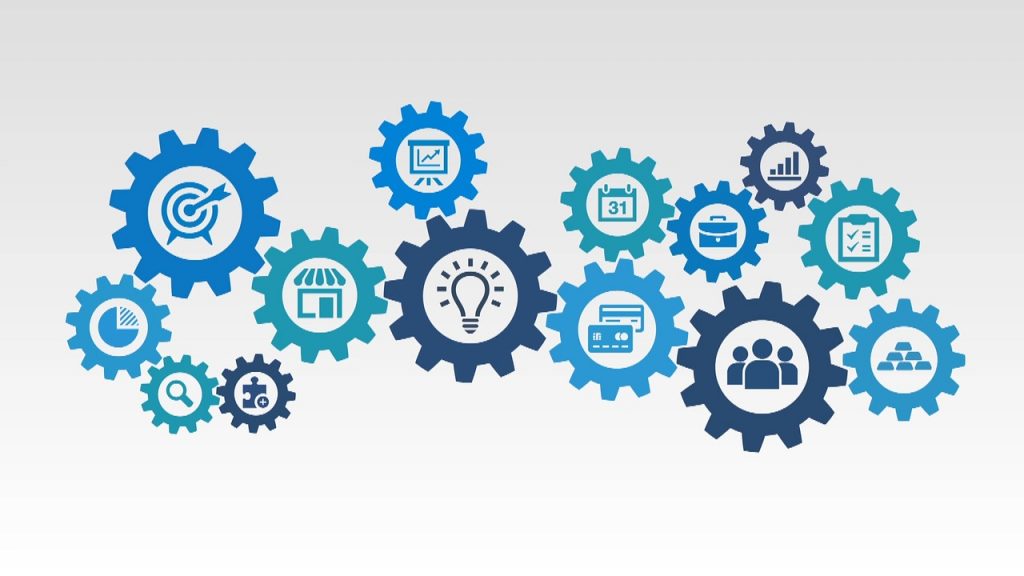As a business owner you can’t always know what’s around the corner, however there is a way to reduce the risk. Business Continuity Planning (BCP) means that if something unexpected happens, your business operation is as resilient and safe as possible. The facilitator of business continuity planning is technology. It helps by:
Boosting Business Continuity Via Technology

- Improving information flow
- Enhancing data security
- Enabling remote work capabilities
- Providing understanding of recovery progress
However, it’s important to recognise that technology in isolation is not the answer to business continuity. “It’s essential to start with your business requirements,” explains Eric Hughes of EMH Technology.

“We then look at those requirements and the most likely scenarios. Some operations, such as accessing emails or telephone calls, need to be available urgently. Other requirements such as invoicing may not be so urgent, however this would depend upon the company’s financial processes such as invoicing and payment cycles. Once the requirements are listed, your IT support can cost and implement solutions. IT is a facilitator of BCP not the designer and planner.”
The output of BCP should be an agreed document identifying tested technical solutions that allow for business as usual in response to a variety of scenarios. Examples of common scenarios are:
- Total site loss
- Power loss
- Connectivity Loss
- Site inaccessible
- Loss of key personnel
There are three key steps involved with BCP. The starting point is requirements and associated timeframes. The results show the relative urgency of recovering various operational elements. Here’s how technology can make a positive difference through the process:
Step 1: Resilience
Cloud migration ensures that critical data is moved away from on premises storage and legacy equipment. Technology enables data to be encrypted, stored and backed up efficiently. Security is reviewed and updated regularly ensuring your information is stored in a protected environment. It’s also important to remember that people can affect continuity. If you have key staff who are the only people that can do certain activities, then an incident involving people can hamper business continuity and must be thought through.
Step 2: Recovery
Technology enables and supports remote working, providing employees with the option of moving to new locations seamlessly. Business functions (systems, networks, applications) may be prioritised and restored efficiently. Contingency planning may involve easy access to inventories, agreements for alternative service provision and identification of alternative space or remote working for ongoing operations, for example.

Step 3: Contingency
Technology supports contingency plans such as information flow, data security and communication (such as digital board portals). Hardware replacement could also be involved – such as when leasing emergency business space.
“It’s important to be prepared and protect your business processes,” says Eric Hughes of EMH Technology. “Your IT infrastructure, information storage and workplace flexibility impacts business continuity greatly. It’s similar to your typical insurance policy. Hopefully you’ll never use it, however should the need arise you’ll be relieved to know that an efficient business continuity process is in place. It’s reassuring to know that your business operation will recover quickly.”
Does your organisation have a business contingency plan in place?
Have you determined your requirements and priorities?
Are you tapping into the potential of technology for flexibility and fast recovery?
Talk to the friendly team at EMH Technology. Explore how technology can help your company’s business continuity without obligation – or jargon.
